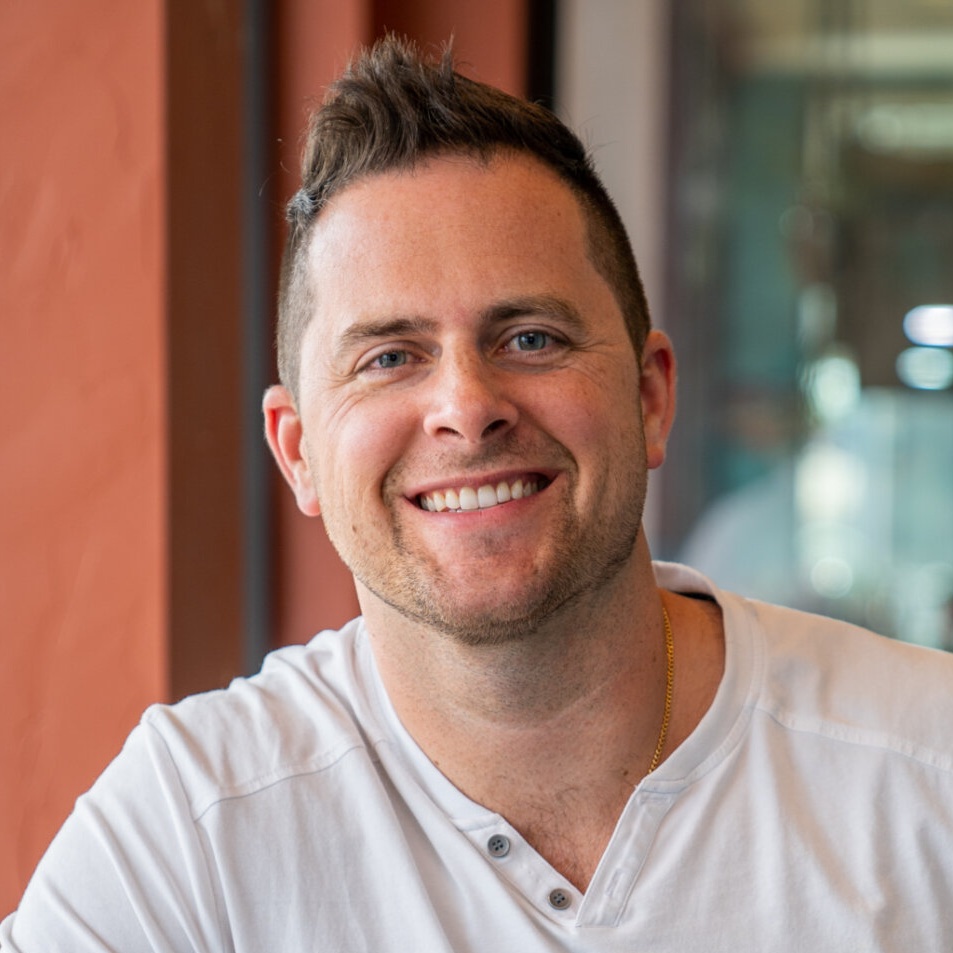Q: Who has priority for a trademark in the U.S. if someone starts selling my product here without my permission?
Let’s break this down.
You’re a manufacturer. Let’s say you’re based in the UK, and you’ve got a registered trademark there. Now, someone in the U.S. is buying your goods and reselling them here. They didn’t make the product. You did. But they’re selling it, possibly using your name and logo.
So, who has priority?
Well, in the U.S., trademark rights are based on first use in commerce, not registration. So technically, if that reseller is the first one to use your mark in U.S. commerce, they might try to claim rights.
But here’s the catch, they don’t own the brand. If they tried to register the mark with the USPTO, they’d be misrepresenting themselves. That’s fraud. The products aren’t theirs. They’re just reselling yours, which doesn’t give them trademark rights.
What would we do in that case? File your trademark in the U.S., right away. If needed, we’d challenge the reseller. If they’ve filed a trademark claiming they’re the brand owner, we’d call it out for what it is: deception.
Q: What’s the difference between “patent pending” and “patent issued”?
Simple:
- Patent pending means you’ve filed a patent application, either provisional or non-provisional, but it hasn’t been approved yet.
- Patent issued means the USPTO reviewed your application, approved it, and granted you a patent. Only then can you call it an “issued patent.”
It’s a lot like trademarks. You can use the ™ symbol right after applying, but you can’t use the ® symbol until you get that formal registration.
Q: How long does it take to get a patent issued?
It depends. Most patent applications take a few years. Some take longer, especially in hot fields like AI. There are fast-track programs (like Track One or First-Time Filer) that can speed things up, sometimes under a year, but it’s not guaranteed.
Trademarks can be slow too, 14 months on average. Wish we had a “fast lane” for that process as well.
Q: How do I know if I’m infringing on a patent?
The answer’s in the claims section, those numbered paragraphs at the end of the patent. Each claim lists specific features. Your product must match every part of a claim to infringe it. Miss one, and you’re in the clear (for that claim).
Here’s a quick example: if a claim says “a pen with a tip and an eraser,” and your product only has the eraser, you’re probably safe.
But adding extra features doesn’t protect you. If the claim calls for A, B, C, and D, and your product has A, B, C, D, and E, you’re still infringing.
This gets tricky fast. If you’re unsure, talk to a patent attorney.
Q: I’m using print-on-demand to put my art on mugs, shirts, bags, do I need trademarks in every class?
Nope. Don’t overcomplicate it.
You’re not actually selling the mugs or shirts, you’re offering a service. You’re putting designs on stuff and maybe drop-shipping them, but you’re not a product brand like Nike.
So your trademark doesn’t need to cover every product. It just needs to cover the service you provide. That’s typically Class 35, business services, including online sales and fulfillment.
Q: Do some patents get processed faster than others?
Yes. It depends on the field.
If your invention is in a trending area (like AI or, before that, blockchain), the USPTO might be flooded with similar applications. Same number of examiners, more work, slower reviews.
If your tech isn’t in a crowded field, it might move faster. You can also file petitions to jump the line, like “Track One” or “Accelerated Exam”, but they cost more.
Q: If I file multiple trademarks or patents, do they get grouped together for review?
For trademarks, yes, sometimes. If you file several marks in the same area, an examiner might batch-review them.
For patents, not so much. The only time that really happens is if you file a continuation application, basically a second application that’s tied to the first but asks for different claim coverage. That often goes to the same examiner.
We’ve tried to influence examiner assignments before (especially when we’ve had, let’s say, “difficult” ones), but it’s a black box. Hard to predict.
